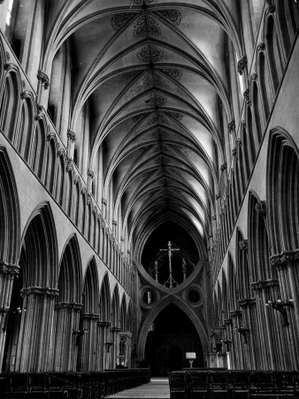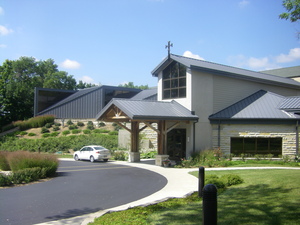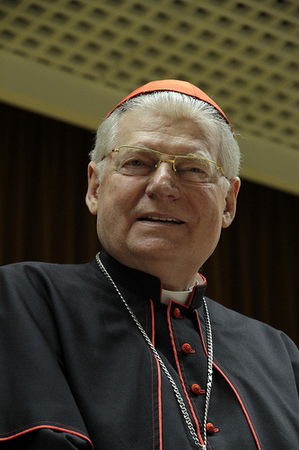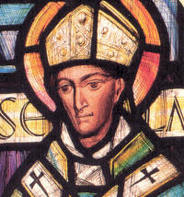The life we lead is informed by the gestures and intentions we do and have. I ask myself what judgment –that is, what is the meaning– of how and why I do things, and how the things I say and do have an impact on my own soul and that of others. The perspective of the author is the Byzantine Liturgy but if one looks a little deeper into the Latin similar gestures are present but often neglected. Catholicism, East and West, is an embodied faith. Consider what the Lord did with the 12, with the 72, and how He engaged and loved them. What was seen with Jesus is now passed into the Church. But sometimes we have neglected the body ethic to our detriment. It does not have to be THAT way. We can attend to how we use our bodies to worship the Lord, to pray, to contemplate holy things, and to act as witnesses to the Good News revealed to us.
“How do we make our life a work of art? One of the important benefits of liturgical prayer and the rituals that accompany it is that it teaches us how to meet each moment with our best intention, and to approach our daily life as an arena of spiritual practice. By focusing on the quality of our presence at Divine Liturgy, for example, by consciously entering into the ritual movements that accompany the prayer — the sign of the cross, the reverence, the kissing of the icon — our presence during this time becomes choreographed. There is nothing artificial in this, but rather it is a means of creating beauty. Our body is responding to the mystery that is before us, and this in turn conditions us to pay attention to our movements outside liturgy, in the various rhythms of daily life. If we are conscious and mindful of God’s presence throughout the day, life can increasingly become a work of art, one that honors the dignity of our humanity.” (NS)








